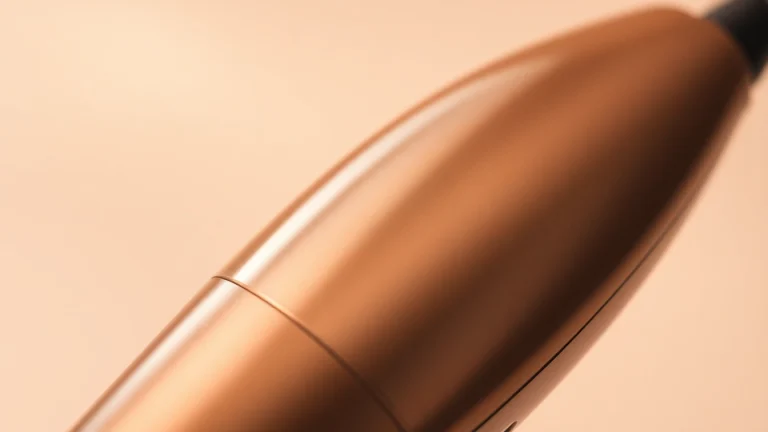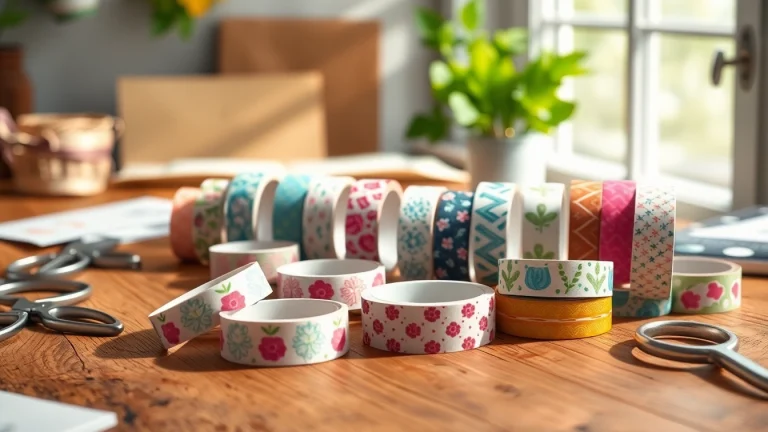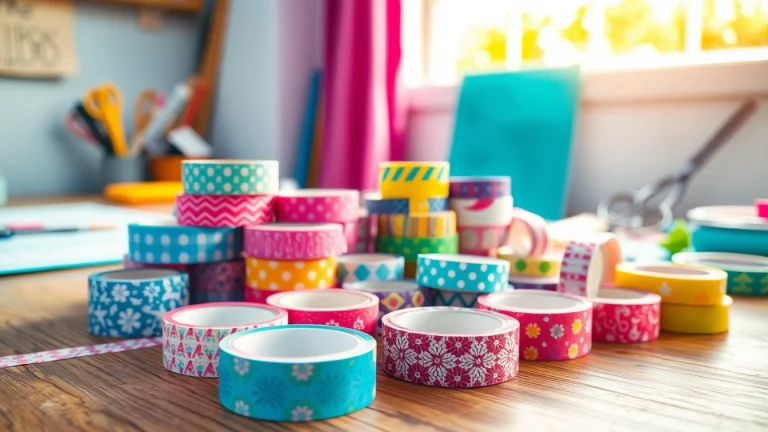
Elevate Your Style: The Best Heat Tools for Hair You Need in Your Arsenal
Understanding Heat Tools for Hair
In today’s fast-paced world, achieving that perfect hairstyle often relies heavily on the effective use of heat tools for hair. From sleek straight hair to voluminous curls, these tools have become essential in personal grooming and styling. However, understanding these tools and how to use them effectively can drastically improve not only your style but also the health of your hair. This comprehensive guide will explore everything you need to know about heat tools, including their types, safe usage, styling techniques, and maintenance.
What Are Heat Tools for Hair?
Heat tools for hair are devices designed to use thermal energy to alter the structure of hair, helping you create various styles that can elevate your overall look. Common types include hair straighteners, curling wands, blow dryers, and hot air brushes. Each of these tools employs heat in different ways, and understanding how they work is crucial in maximizing their benefits and minimizing damage.
The Science Behind Heat and Hair Health
Hair is primarily composed of a protein called keratin, and it has a unique structure that can be affected by heat. When exposed to high temperatures, hair can undergo temporary or permanent changes depending on the intensity and duration of heat application. Those effects are attributed to the alteration in hydrogen and disulfide bonds within the hair. Maintaining a balance when using heat tools is essential; while heat can help create beautiful styles, excessive heat can lead to dryness, brittleness, and split ends. Thus, understanding temperature settings and duration of use is vital for healthy hair.
Types of Heat Tools Available
There’s a plethora of heat tools available, each catering to different styling preferences and hair types:
- Hair Straighteners: Ideal for achieving sleek and straight locks, hair straighteners can come with various plate materials (ceramic, titanium, etc.) that affect heat distribution and hair health.
- Curling Wands: Available in different barrel sizes, curling wands can create loose waves to tight curls, adapting to various style preferences.
- Blow Dryers: Essential for drying hair quickly while also providing styling capabilities, many modern blow dryers come with different heat settings and attachments.
- Hot Air Brushes: These tools combine the functions of a brush and blow dryer, offering volume and style in one step.
Choosing the Right Heat Tool
Choosing the right heat tool can significantly enhance your styling experience. With so many options available, understanding your individual hair type and styling needs is imperative to making an informed decision.
Identifying Your Hair Type and Needs
Knowing your hair type is the first step towards selecting the appropriate heat tool. Factors such as hair texture (fine, medium, or coarse), density (thick or thin), and overall condition (damaged or healthy) must be considered. For instance:
- Fine Hair: May require tools with lower heat settings to prevent damage.
- Thick Hair: Might benefit from high-heat tools that can handle the density and effectively style the hair.
- Curly vs. Straight Hair: Curly hair may require different tools for straightening or curling than straight hair does for achieving volume or waves.
Comparing Features and Specifications
When evaluating heat tools, consider key features and specifications that affect usability and results, such as:
- Temperature Control: Adjustable temperature settings allow for customization based on hair types and styles.
- Plate Material: Tools with ceramic, titanium, or tourmaline plates often offer better heat distribution and hair protection.
- Size and Weight: Ergonomic designs can enhance comfort during use, especially for longer styling sessions.
Budget Considerations for Heat Tools
Price points for heat tools can vary widely, with premium brands often promising advanced features. However, it’s essential to balance quality and price. Investing in a mid-range heat tool that suits your needs can often provide better longevity and performance than cheaper alternatives. Look for reviews and warranty options to ensure you’re making a sound decision.
Safe Usage of Heat Tools for Hair
Once you’ve selected the heat tools that suit your style and hair type, knowing how to use them safely is crucial to prevent damage and maintain hair health.
Preparing Your Hair for Heat Styling
Before reaching for your heat tools, it’s vital to prepare your hair properly. Start by washing and conditioning your hair to ensure it is clean and moisturized. Once clean, gently towel dry and detangle your hair using a wide-toothed comb. Applying a leave-in conditioner can also help in providing additional moisture.
Heat Protectants: Why They Matter
Heat protectant sprays or creams act as a barrier between your hair and the heat, effectively reducing damage. These products typically contain ingredients that help to fortify your hair, making it less susceptible to heat-related changes. Always apply a heat protectant liberally and evenly throughout your hair before styling.
Techniques for Safe Heat Application
To minimize damage while using heat tools, consider the following techniques:
- Avoid Concentrated Heat: Always maintain a distance of at least one inch from the roots to prevent direct scalp damage.
- Use the Right Temperature Settings: Match the temperature to your hair type to prevent overheating.
- Limit Heat Exposure: Try not to keep heat tools on one section of hair for too long; moving quickly will help maintain moisture and integrity.
Styling Techniques Using Heat Tools
Utilizing heat tools effectively can transform your look completely, offering a range of styling techniques that suit every occasion.
Creating Curls with Heat Tools
Curling your hair can enhance volume and create beautiful texture. Use a curling wand or straightener to form curls, ensuring to work with small sections of hair for a more defined look. Hold the hair around the barrel, leave it for a few seconds, and then release it gently to reveal soft curls. For tighter curls, wrap the hair more tightly or hold it for slightly longer.
Straightening Strategies for Different Hair Types
Straightening is often desired for a polished and sleek appearance. For thick hair, section it into smaller parts to ensure even straightening. For fine hair, apply a lower heat setting and use a quick stroke to reduce the risk of damage. Always ensure the straightener is well-heated before commencing—testing a small section first can help determine the right temperature and technique.
Innovative Styles Using Heat Tools
Beyond basic curls and straight locks, heat tools can be used to create innovative hairstyles such as waves, flips, or even updos. Techniques like braiding damp hair and applying heat with a straightener can also yield unique styles that are both stylish and easy to manage. Experimentation is key, so don’t hesitate to try out various methods for a distinctive look.
Maintenance and Care for Heat Tools
Maintaining your heat styling tools is as important as using them correctly. Proper care can enhance performance and prolong the life of your equipment.
Cleaning Your Heat Styling Tools
Regular cleaning of your heat styling tools helps remove residue that can accumulate from products and hair. For flat irons and curling wands, allow them to cool down and wipe with a damp cloth to remove grime. Consider using alcohol wipes for tougher residue, but avoid getting any liquid into the electrical components.
Storage Solutions for Heat Tools
Storing your heat tools correctly can prevent accidents and prolong their lifespan. Consider using heat-proof mats or cases, especially for tools that retain heat for a period after use. Avoid wrapping the cord tightly which can lead to damage; instead, loosely coil it for storage.
Signs Your Heat Tools Need Replacement
Being attentive to the condition of your heat tools is crucial. Signs that may indicate a need for replacement include:
- Inconsistent heat or temperature control, which can lead to uneven styling.
- Damage or fraying to cables, presenting a safety hazard.
- Visible wear on plates, which can affect their performance.
In conclusion, understanding how to choose, use, and care for heat tools is essential for anyone aiming to achieve beautiful hairstyles without compromising hair health. By following the information and techniques outlined in this article, you empower yourself to make informed decisions while elevating your styling game.


